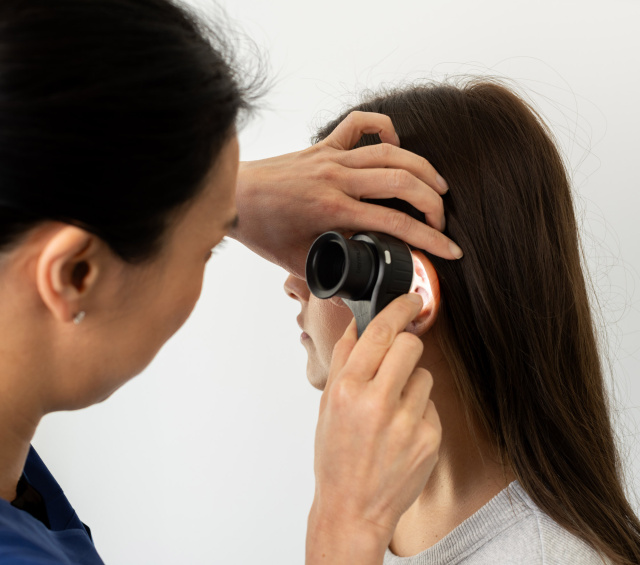BCC & SCC treatment
Basal cell carcinoma (BCC) and squamous cell carcinoma (SCC) are the most common types of cancer diagnosed in Australia. They can range from small to advanced lesions, they can be primary or metastatic (secondary, meaning disease has spread). Dr Sydney Ch'ng deals with the entire gamut of both diseases.

Basal cell carcinoma
BCCs are the most common and least dangerous type of skin cancer. Commonly found on the head, neck, or upper body, BCCs generally start as small, round or flattened lumps with a red, pale or pearly colour. Some BCCs can have blood vessels visible on the surface. Although various classification systems exist, generally there are three common subtypes of BCCs: superficial, nodular and morphoeic (infiltrative).
How are BCCs treated?
BCCs are rarely life-threatening. However, if left untreated or treated inappropriately, they can be disfiguring, especially if they are on the face. Surgery is the most common treatment for a BCC. However, other treatment options, including freezing or scaping the area, using topical creams or radiotherapy, may be appropriate. Dr Sydney Ch’ng works closely with dermatologists and radiation oncologists to ensure her patients receive the most appropriate form of treatment in Sydney. When conducting surgery for a BCC, Dr Sydney Ch’ng strives to ensure the cancer is adequately treated with the lowest risk of recurring, while also achieving a good cosmetic result.
To aid with this outcome, Dr Sydney Ch’ng may use:
• optical coherence tomography (OTC), an imaging technique that maps the extent of the BCC before surgery.
• frozen section assessment, a pathology technique that tests skin samples during surgery to ensure that the cancer has been completely removed.
Squamous cell carcinoma
SCCs are less common than BCCs but are potentially more dangerous.
Commonly found on sun-exposed areas of the skin, SCCs look like thickened, red, scaly spots, which may bleed easily or ulcerate over time. SCCs can also be tender to touch.
SCCs grow more rapidly than BCCs. They may spread to nearby lymph nodes, or in rare cases, other parts of the body, if not identified and treated in a timely manner.
How are SCCs treated?
Surgery is the most common treatment for an SCC.
While most can be easily treated, some SCCs may require more intensive investigation, treatment, and follow-up care. This includes SCCs on high-risk facial sites such as the lip and ear, SCCs that have grown near or into nerves and lymphatic vessels, travelled to lymph nodes, and SCCs that have come back after initial treatment.
Dr Ch’ng treats SCCs in accordance with the latest evidence in SCC management, and will offer the opportunity to participate in clinical trials if appropriate. To learn more about BCC & SCC removal, surgery, and treatment, get in touch with Dr Sydney Ch'ng's practice today.
Get in touch
If you’d like to know more about our head and neck, plastic or skin cancer surgical services, or if you have a question for Dr Ch’ng, we’d love to hear from you.
